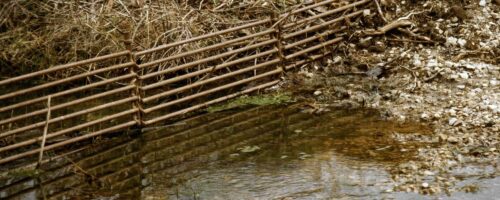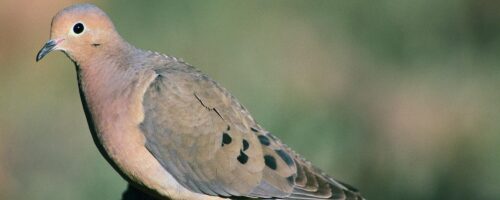With the return of hot, dry weather to the Southern Great Plains, pecan orchard managers and fruit and vegetable growers are trusting their drip irrigation systems to deliver the quantity and quality of water needed to sustain production throughout the summer.
Many growers have no choice but to rely on pond or stream water for irrigation because groundwater is too deep to justify the cost of drilling or the quality is too poor to be used for irrigation. When placed close to the bank of a pond or stream, a portable 5 to 10 horsepower gasoline-powered centrifugal pump is capable of delivering enough water to meet the moisture requirements of a few acres of drip-irrigated specialty crops. It is important that the pump is equipped with a non-collapsing suction line and appropriately sized strainer.
While pumping water from a surface water source is a fairly straightforward process, ensuring the water is of sufficient quality for use in a drip system is a different matter. As the summer progresses, surface water temperatures increase, causing a “bloom” in algae and phytoplankton populations. This increase in turbidity from aquatic biomass places increased demands on filtration systems.
Algae can be controlled in ponds by adding copper sulfate, chelated copper or sodium carbonate peroxyhydrate (Green Clean). Follow label directions for rate and timing of applications to ensure product effectiveness and to avoid harming fish. While chemical treatment may be effective in reducing algae populations, it should never be viewed as a substitution for filtration.
Media (sand) filters are preferred over screen or disc filters when using surface water for irrigation because they are more efficient at removing biological contaminants. Media filters should be backflushed when pressure gauges, located at the filter inlet and outlet, indicate a 5 psi difference.
The use of white PVC pipe and pipe fittings in irrigation systems can be problematic if the water source is surface water. Enough light can penetrate the walls of white PVC pipe to enable the proliferation of algae. Because of this limitation, all PVC pipe used in main lines and header lines should be buried. In applications such as vegetable plasticulture where header lines are located on the soil surface to permit removal for field preparation, a better choice is black polyethylene (HDPE) tubing or layflat hose.
Even with the best filtration system, it is impossible to exclude 100 percent of algae and other microorganisms from entering a drip system. Consequently, growers should be prepared to chemically treat water after passing through the media filter. For the majority of small-scale fruit and vegetable growers, this is best accomplished using a chemical (fertilizer) injector to inject chlorine bleach. Chlorine is a powerful oxidizing agent and, when injected into an irrigation system, destroys biological contaminants.
Chlorine can be injected continuously to prevent the growth of algae or once a week as a “slug” treatment to remove any algae that may have begun to build up in the system. The chlorine injection rate is greater for slug treatments compared to continuous treatments because the amount of algae and other biological contaminants in the irrigation water is greater. For chlorination to be effective, a concentration of 1 to 2 ppm of chlorine should be maintained in the system for 30 minutes. A swimming pool water tester can be used to determine irrigation water chlorine levels. To ensure that all parts of the system receive a minimum 30 minutes of contact time, chlorine should be injected for one hour.
Last, but not least, dont underestimate the importance of flushing your drip irrigation system on a regular basis. Even a system equipped with a properly maintained and managed filter and injector requires occasional flushing to ensure peak performance. To eliminate as much contaminant from the system as possible, always flush the main line first followed by the sub mains, header lines and drip lines. In order for flushing to be effective, the velocity of water flowing from the end of each drip line must be 3 feet per second or greater. For example, a drip line held 1 foot above the ground with a stream that travels 8 inches before hitting the ground has a flushing velocity of 3 feet per second. With most systems, only a few drip lines can be flushed at a time to achieve the desired flushing velocity.
Drip irrigation offers many advantages over other types of irrigation delivery systems. However, because drip emitters are very susceptible to clogging, attention must be given to water quality. Surface water is a viable option for drip irrigation when proper filtration, chlorine injection and flushing are used. For more information on maintenance of drip irrigation systems, including guidelines for chlorine injection to control algae, refer to the Kansas State University publication Maintaining Drip Irrigation Systems.



Comment